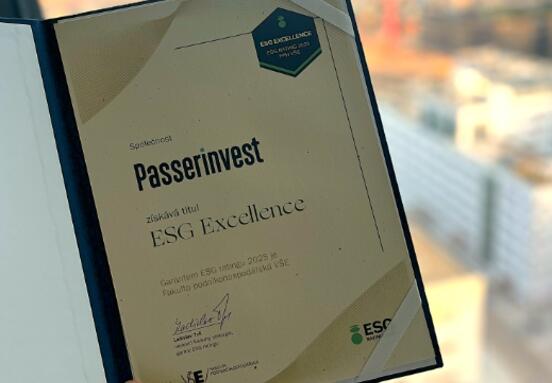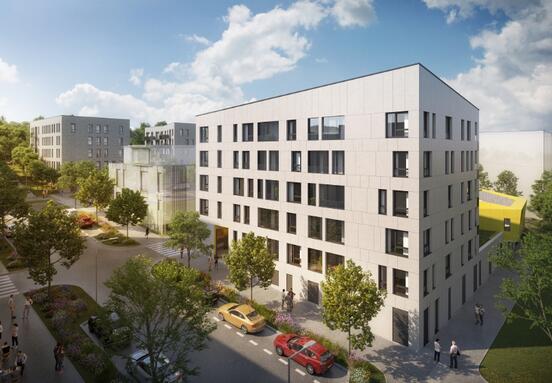The Stark Reality: Underutilized Office Spaces
A recent analysis by Colliers and Basking.io reveals a challenging landscape for businesses globally. Three years post-pandemic, average office occupancy hovers below 60% in most regions, with a staggering 83% of office time marked by less than 25% occupancy. Despite significant investments in upgrading office environments, their low utilization rates persist. The ideal occupancy range for fostering collaboration and interaction is typically between 50% and 80%, a target many businesses are currently missing.
Why Traditional Incentives Fall Short
Many organizations have tried to entice employees back with perks like free meals, social events, or a "flexible" work-from-home policy. However, these incentives have shown minimal long-term impact on office attendance. The issue isn't just about providing amenities; it's about creating an environment that genuinely supports and enhances the work experience, making the commute worthwhile.
Beyond Flexibility: What Truly Drives Employee Return?
The research points to several critical factors that differentiate successful return-to-office strategies from those that fail:
Guaranteed Workspace & Predictable Routines
Employees value knowing they will have a dedicated spot, even if it's not a personal desk, when they come into the office. Furthermore, establishing a regular, predictable schedule for office visits helps embed attendance into their routine, reducing uncertainty and planning friction.
The Power of Presence: Colleagues & Managers
One of the strongest motivators for returning to the office is the presence of colleagues. The opportunity for organic collaboration, informal interactions, and team building is invaluable. While direct manager expectation can play a role, its effectiveness lessens for more senior or managerial positions who may already be frequenting the office more.
Designing for Purpose: Dynamic Spaces
The 'one-size-fits-all' office is obsolete. Successful offices offer diverse spaces tailored for various tasks – from vibrant areas for team collaboration and brainstorming to quiet zones for focused work and individual concentration. Businesses looking to rent office space should prioritize layouts that allow for this dynamic functionality, ensuring every square foot serves a purpose.
Strategic Recommendations for Maximizing Your Office Investment
Colliers advises businesses to adopt a balanced, strategic approach to their office spaces:
- Balance Flexibility with Structure: Find the sweet spot between remote work options and clear expectations for in-office days. This isn't about rigid mandates but about creating a rhythm.
- Set Clear Expectations & Support Team Schedules: Communicate the 'why' behind office days and encourage teams to coordinate their schedules. When colleagues are present, the office becomes more appealing.
- Invest in Dynamic, Adaptable Spaces: Consider renting or reconfiguring spaces that offer a mix of collaborative zones, quiet focus areas, and versatile meeting rooms. This caters to diverse work needs and maximizes utilization.
- Address Commuting Challenges: Explore solutions like improved transit access, secure bike storage, or flexible start times to ease the burden of the daily commute.
- Communicate Benefits, Don't Force Attendance: Shift the narrative from enforcement to highlighting the tangible benefits of in-office work – enhanced collaboration, mentorship, social connection, and a stronger company culture.
By thoughtfully designing and managing office spaces, businesses can transform them from underutilized assets into indispensable hubs that foster innovation, collaboration, and a thriving employee experience, ensuring their rental investment yields significant returns.
Source: kurzy.cz







